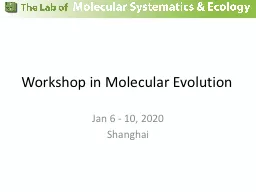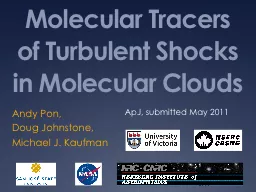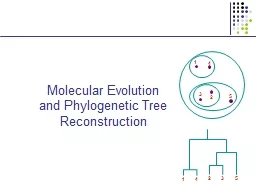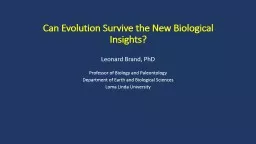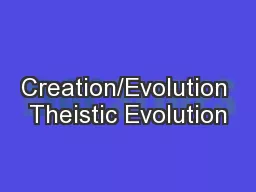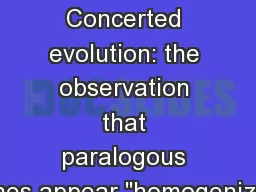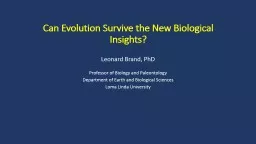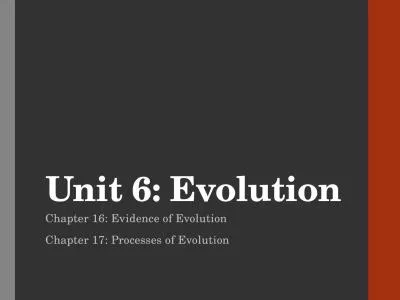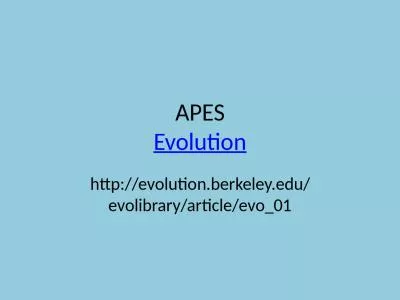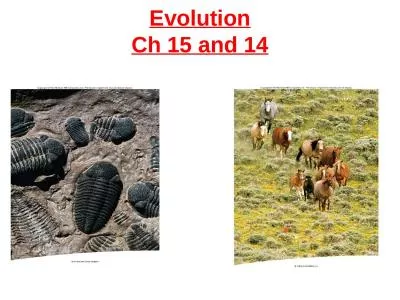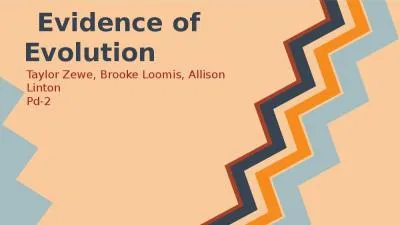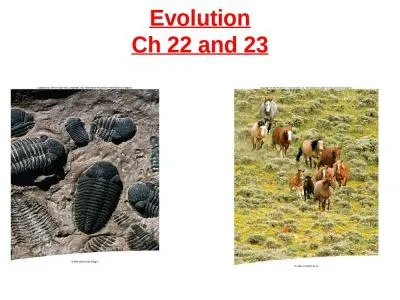PPT-Workshop in Molecular Evolution
Author : escapistlego | Published Date : 2020-06-16
Jan 6 10 2020 Shanghai Two faces of one process phylogenetics vs population genetics Phylogenetics model of speciation Tine et al 2014 Population genetics model
Presentation Embed Code
Download Presentation
Download Presentation The PPT/PDF document "Workshop in Molecular Evolution" is the property of its rightful owner. Permission is granted to download and print the materials on this website for personal, non-commercial use only, and to display it on your personal computer provided you do not modify the materials and that you retain all copyright notices contained in the materials. By downloading content from our website, you accept the terms of this agreement.
Workshop in Molecular Evolution: Transcript
Download Rules Of Document
"Workshop in Molecular Evolution"The content belongs to its owner. You may download and print it for personal use, without modification, and keep all copyright notices. By downloading, you agree to these terms.
Related Documents

